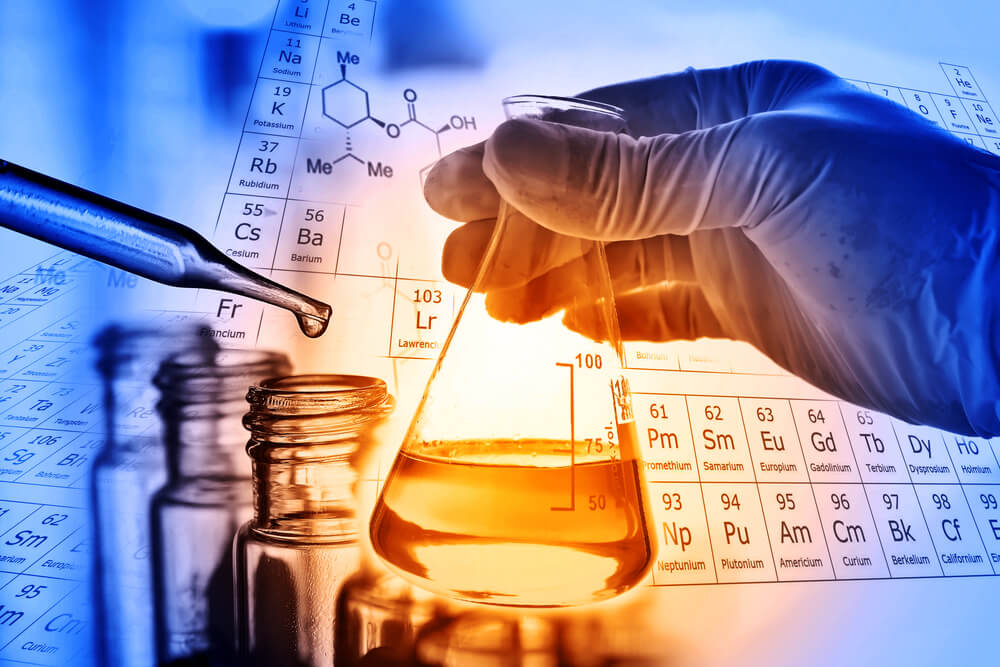Beginning: There have been countless chemical spills in the history of human existence, with some leaving an indelible imprint due to their destructive effects. Chemical spills, depending on their toxic composition, can wreak havoc and cause untold suffering and casualties when not contained in time. Today, with advanced technologies to help track toxicity and monitor possible areas of danger, chemical spills have become largely controlled.

What is a chemical spill?
Chemical spills are unintended release of one or more chemical hazards that are harmful to humans and the environment. Chemical spills may manifest in the form of fires, explosions, and toxic leakages of extremely hazardous material. These can cause human illness, injury, or disability, among many other future impacts.
Why Do Chemical Spills Happen in the First Place?
- Human error and poor judgement with regard to maintenance and safety
- Unprofessional handling and storage of hazardous chemicals
- Chemical spills are caused by chemical storage tank ruptures or poor-quality containers.
- Less or no safety reviews and analyses from time to time.
- Overlooking handling guidelines in preference for personal handling methods. It is estimated that this point alone can be the single-largest cause of chemical accidents, whether at home, in the office, or in industrial setups.
Best Ways to Limit or Prevent Potential for Chemical Spills.
There are ways that are applicable to effectively deal with chemical spills in smart and safe ways. These may include, among others:
- It is vital to store all hazardous chemicals and substances in restricted and marked-off, inaccessible areas.
- Apply or use professional chemical spill kits, bunds, and spill pallets.
- Ensure chemical containers are kept on secure and safe shelves.
- Keep sufficient air-circulation space in chemical storage units.
- Use professional chemical storage levels and standards.
- Make a regular inspection of chemicals on site for leaks or deterioration.
First Major Responsive Steps to Try and Contain Chemical Spills
- Control the source of the spill: The source is always the cause of further damage and impact on both the environment and human health.
- Contain the spill: There are standard ways to limit and cut off the spread of the effect to other areas.
- Isolate the affected area: Limiting and isolating makes it easier to track the level of toxic release into the atmosphere and its effect on humans.
- Call chemical spill containment specialists.
- Clean up the chemical spill.
Standard and Professional Ways to Contain Chemical Spills
- It is good to contain the toxic dust, fumes, and vapour before they spread.
- Act fast and quickly to neutralise all toxic acids and bases:
- Ensure total control of the spread of toxic liquids using chemical spill absorbents.
- Absorb the toxic liquids.
- Collect and contain the cleanup residues.
- Dispose of the waste.
- Decontaminate affected area and equipment.
Conclusion: It is often said that prevention is better than cure; in other words, it is easier to deal with the chemical correctly and prevent spills that handle the aftermath of its costly and destructive aftermath. A chemical spill absorbent is a unique way to soak up every drop of spill to the best extent possible.
For More Info:-
Source URL:- https://sites.google.com/view/diphex34/home
No comments:
Post a Comment